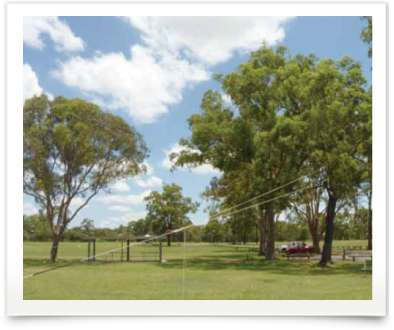
The ENSPEC operator applies the static pull to the tree using a rope that is attached at one end to the tree, approximately half way up a trunk, and the other end to a winch on the ground. A series of controlled pulling loads are applied by the winch and the pulling force and tree strength are carefully measured using calibrated instruments so that the test is always kept within limits of structural safety. During the test, electronic instruments monitor the loads and forces, and the operator constantly monitors the tree to make sure that no damage occurs. At the conclusion of the test the load is removed and the tree returns to its original position.
ENSPEC staff record and analyse the structural data from the test to confirm the stability of the tree or stump and an expert assessment is made about the risk of failure. A professional report is then prepared and provided to the client. The report assists managers to make informed decisions regarding the safe retention or necessary removal of the tree or stump.
Annual static testing and reporting allows managers to monitor tree or stump stability over a period time so that any decline in stability is detected early, and risk management decisions can be made and actioned prior to a possible tree or stump failure.
ENSPEC appreciates the ecological benefits of retaining trees for habitat and believes static testing will allow more trees to be safely retained for this purpose.
Picture of a static pull test on a Brisbane tree to assess stability and root plate strength. The test was carefully monitored with electronic load cell and kept within safe limits. The test is non-destructive and does not damage the tree.